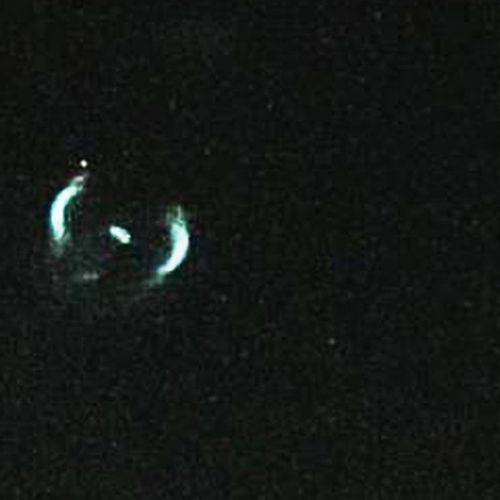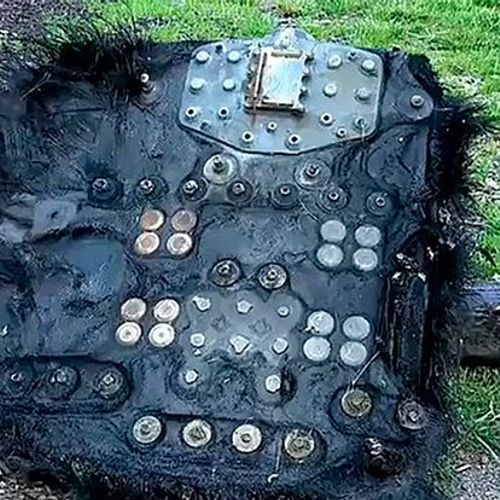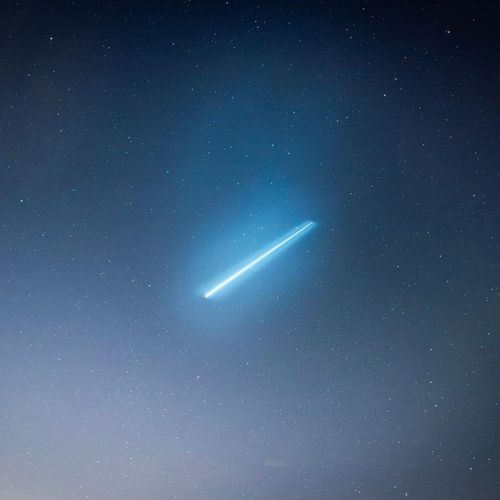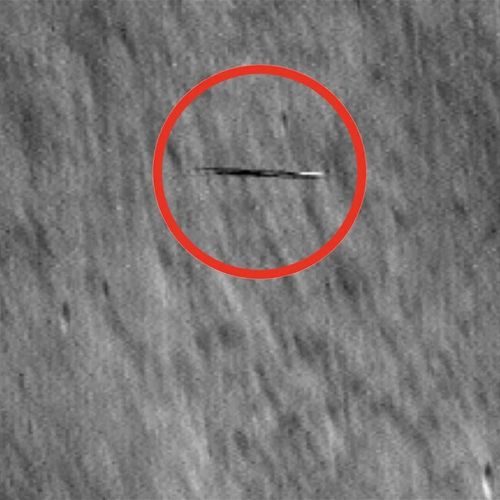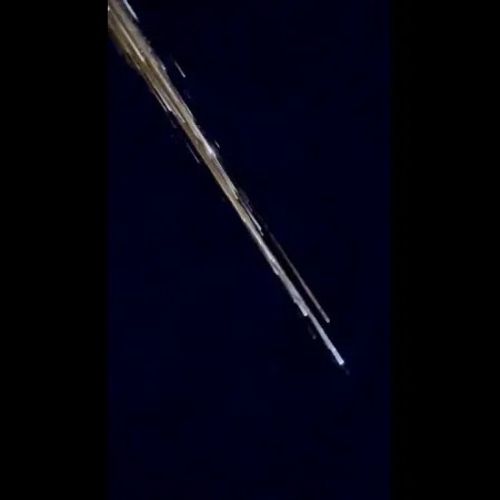
| Added | Tue, 03/04/2018 |
| Источники | |
| Дата публикации | Tue, 03/04/2018
|
| Версии |
Tonight dense layers of the atmosphere burned "Tiangong-1" is the first Chinese spacecraft, designed as a space station. At the joint space operations command United States strategic command (JFSCC) reported that the "Tiangong-1" (which translates as "heavenly Palace-1") burned down over the southern part of the Pacific ocean at 3:16 Moscow time. To confirm his entry was involved in the observation system of outer space and airspace.
Some pieces of debris could survive the fall, but the possibility that they caused any damage is very small — according to experts, the probability of suffering from chip "Heavenly Palace" — one to one trillion. It is reported that in the case of finding the chip is not worth it to raise or inhale vapour — space debris may be contaminated with hydrazine (toxic rocket fuel).
Station weighed more than 9 tons with dimensions of 10.4 by 3.4 meters. It consisted of two parts: "experimental module", which could be arriving astronauts, and a "resource module", which housed a system of engines and production of solar energy.
Spacecraft "Tiangong-1" was launched in September 2011 and was in orbit 350 km above the Earth (altitude of the ISS orbit — 400 km). Its main mission was the development of China technology to build and operate a full-fledged space station in earth orbit. In November 2011 was a first in space history of China's orbital docking with the unmanned spacecraft "Shenzhou 8", and in June 2012 the crew of three stepped aboard the station, after spending the docking with the spacecraft "Shenzhou-9". In June 2013 the station was visited by three taikonaut (so-called astronauts of China), arrived on the ship "Shenzhou-10". Each of these "trips" lasted about two weeks. Although the main task of the station was completed, she continued to conduct monitoring of the Earth. Communication with it was maintained until March 2016, after which it was interrupted for reasons that China did not disclose.
Senior researcher at the heritage Foundation and an expert on the space program of China Dean Cheng said that China and other space powers, there is a misunderstanding regarding the term "uncontrolled" is used for the characteristics of the input apparatus in the dense layers of the atmosphere. Although China has stated that they know the whereabouts of the device and can provide updated data at any time, other space powers perceive the "controlled return" as carried out under the guidance of experts, for example, the deliberate removal from orbit of space station "Mir" in March 2001. Chen noted the importance of China in this definition, which is used worldwide and is based on certain rules.
The fall of the station was watched by JFSCC, analytical group, Aerospace Corp., ESA and scientists around the world. According to Stephen Whiting of JFSCC, the security and stability of the space industry is beneficial to all countries, and the exchange of information will help to preserve outer space for future generations. Currently in orbit is the "Tiangong-2", launched in September 2016. The station called space lab, whose main task — improvement of technologies of life support for future missions multi-modular orbital station. Its construction will begin next year, and the crew can climb on Board in 2022.
Translated by «Yandex.Translator»
Новости со схожими версиями
Log in or register to post comments



